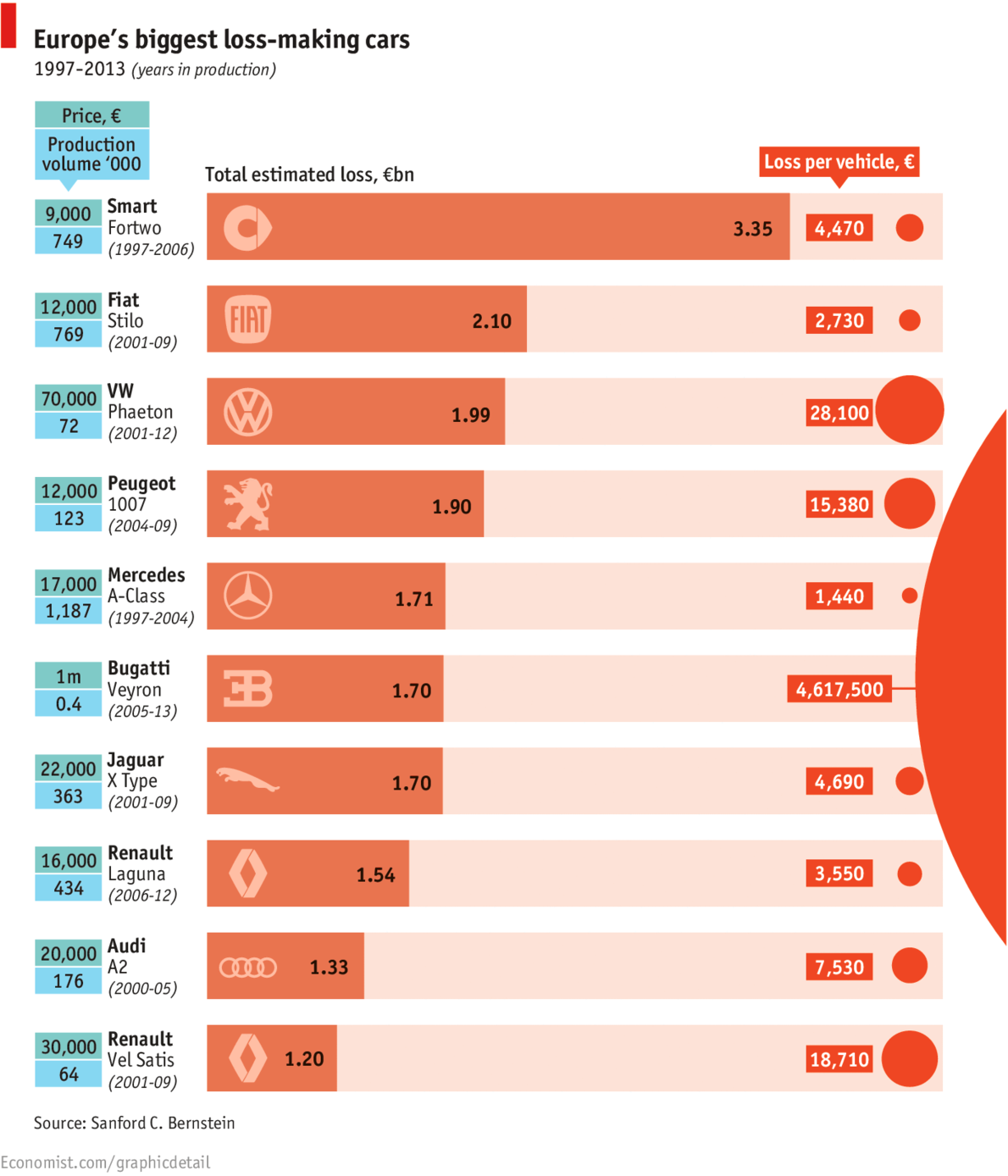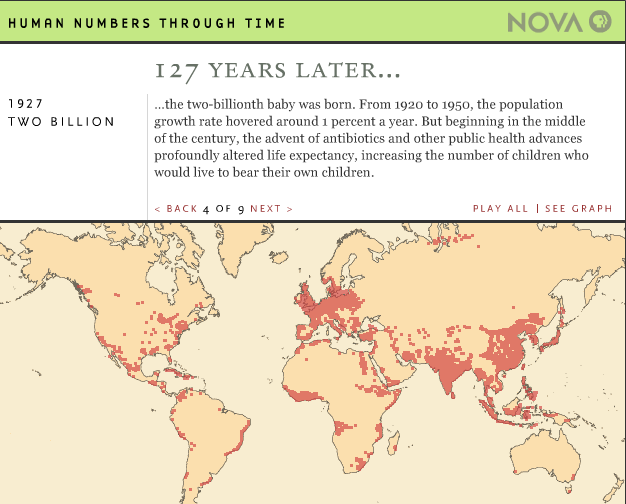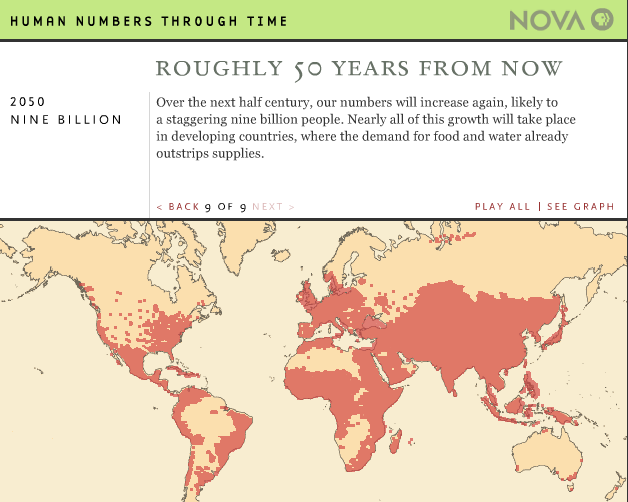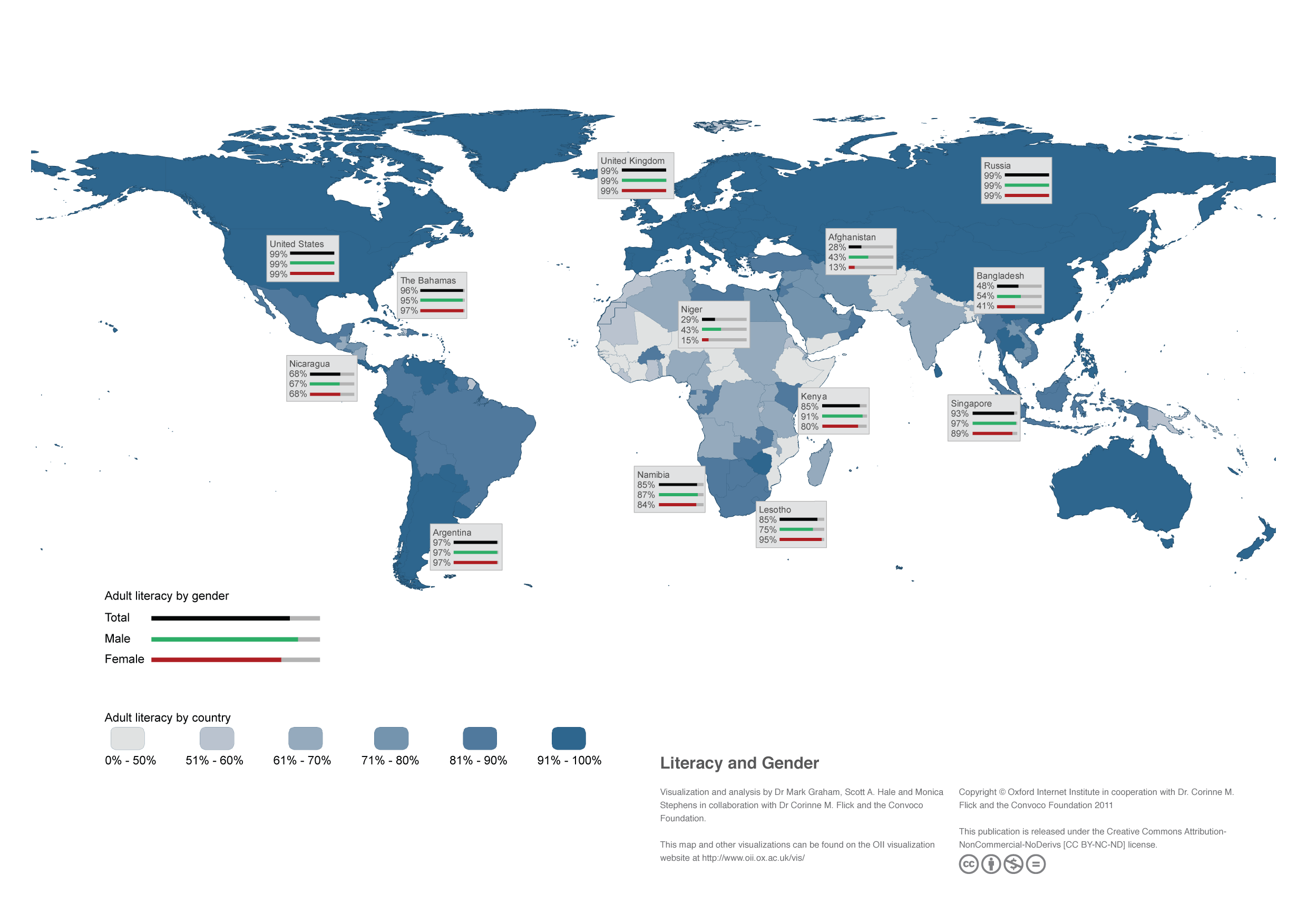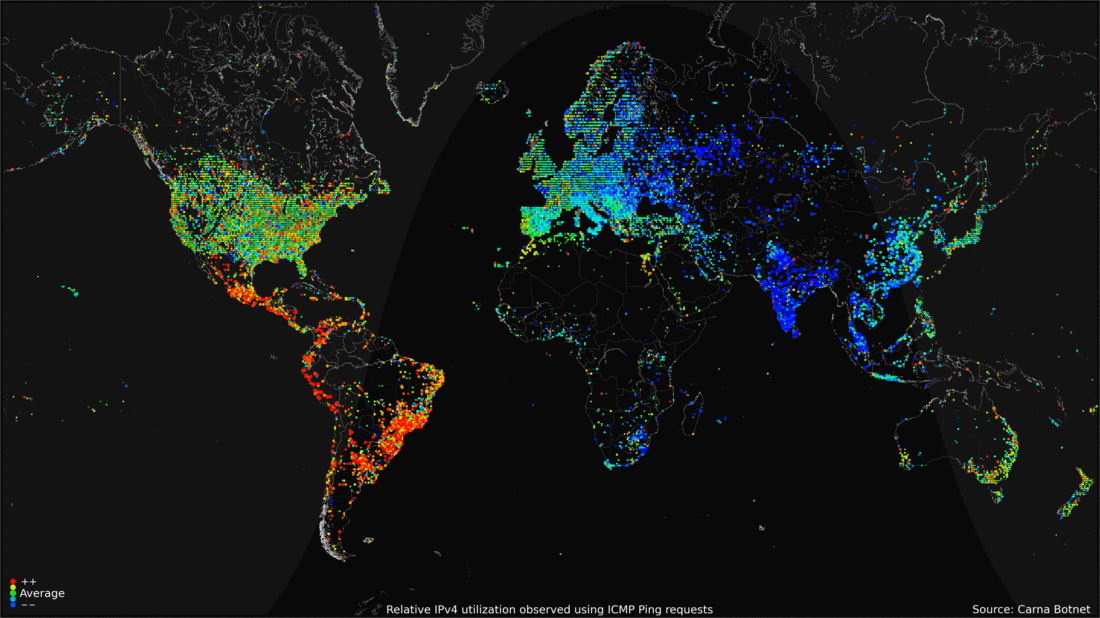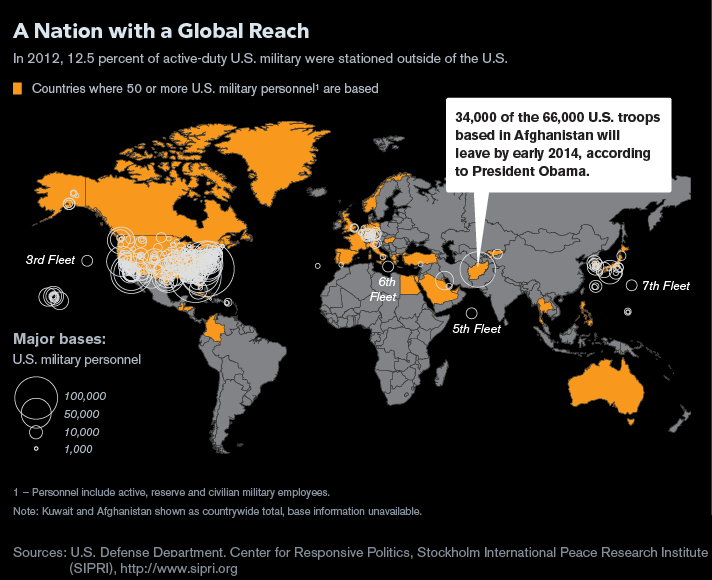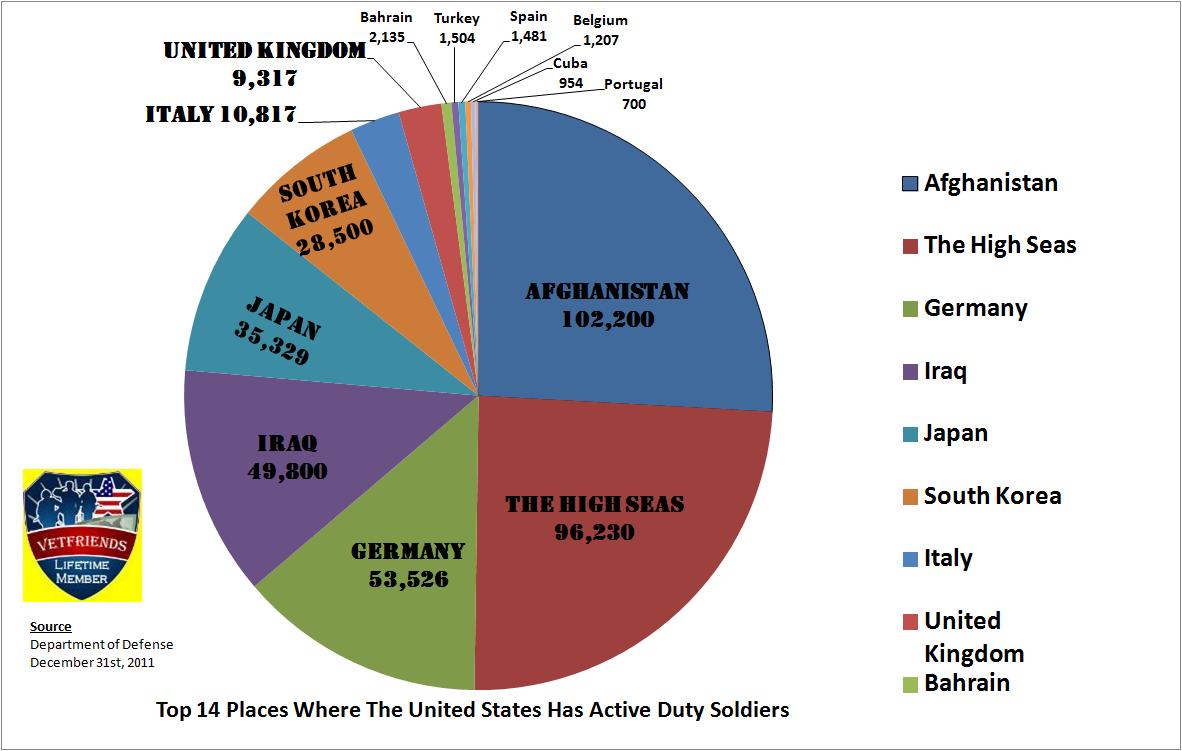Google, Facebook, and Chinese search engine Baidu are the top three most visited websites in the world.
Using freely available website traffic statistics from Alexa, the authors of the map above found that most people in North America, Europe, South East Asia, and Oceania prefer Google. Due to the large number of Internet users in China and South Korea combined, an estimated one billion users, Baidu is the most visited website behind Google. Facebook comes in third with an estimated 280 million users spread from Latin America to the Middle East.
Source: Information Geographies: Age of Internet Empires

